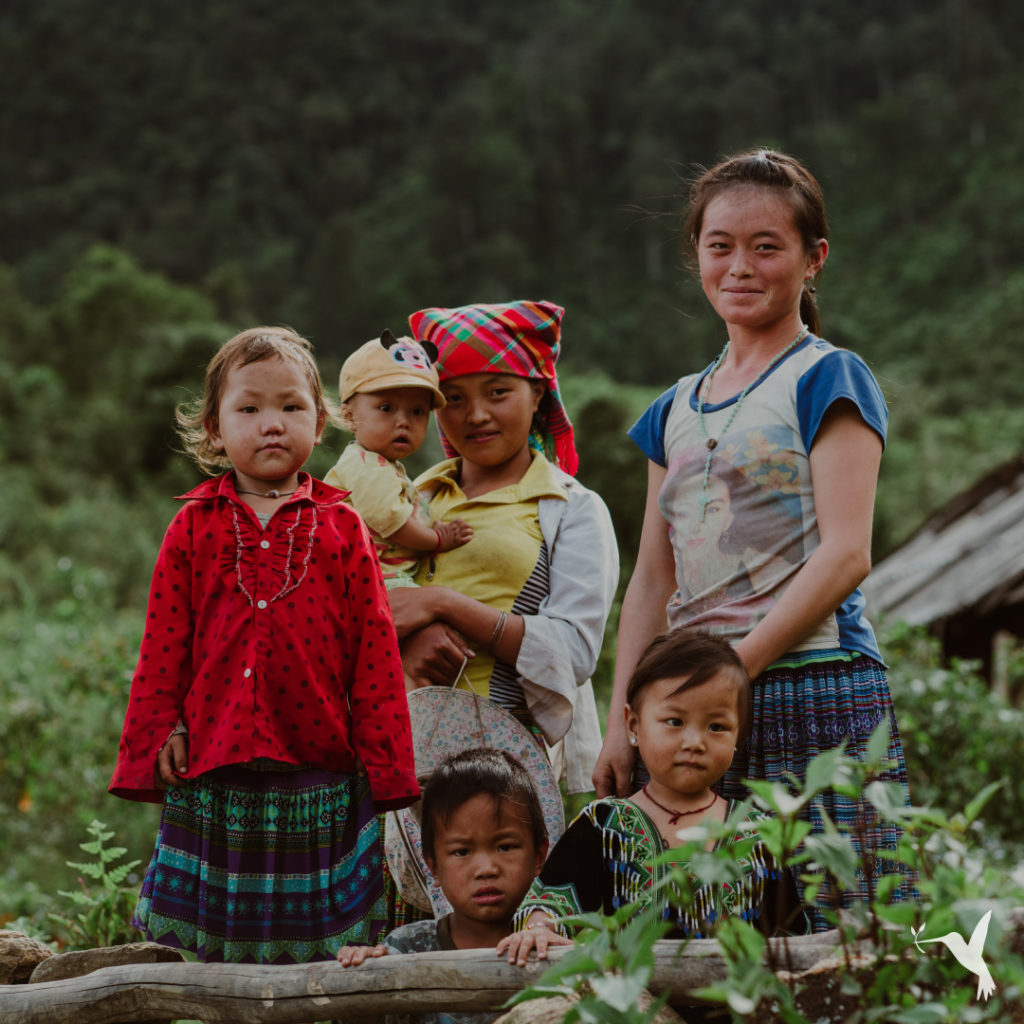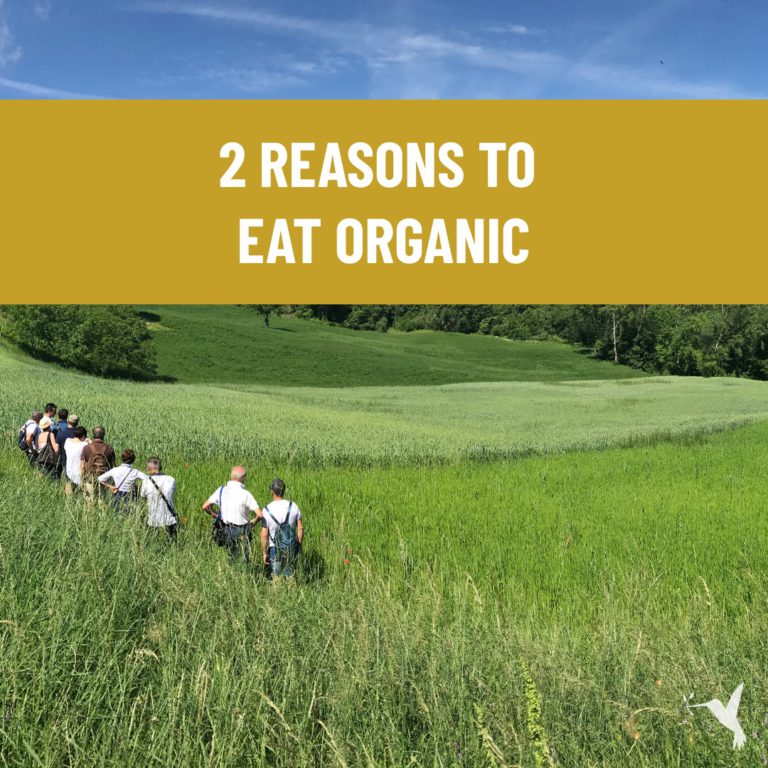Agriculture & The Sustainable Development Goals (SDGs)
The Common Thread Across All 17 SDGs

What Are the SDGs?
In 2015, the United Nations created a set of goals called the Sustainable Development Goals (SDGs). This was part of The 2030 Agenda for Sustainable Development. These 17 goals were meant to shape the next 30 years of global development. They are a collaborative blueprint for working towards a more peaceful, equitable, and healthy planet. This blueprint is an urgent call for action and global partnership. Nations, organizations, and initiatives around the world are using their platforms and work to address the goals. The SDGs are:
- Poverty alleviation
- Zero hunger
- Good health and well-being
- Quality education
- Gender equality
- Clean water and sanitation
- Affordable and clean energy
- Decent work and economic growth
- Industry, innovation, and infrastructure
- Reduced inequalities
- Sustainable cities and communities
- Responsible consumption and production
- Climate action
- Life below water
- Life on land
- Peace, justice, and strong institutions
- Partnerships for the goals

The list of SDGs can certainly feel daunting. How can we do all this in 30 years? The SDGs recognize that ending poverty and other global issues must go hand-in-hand with strategies that improve health and education, reduce inequality, and spur economic growth. At the same time, we must tackle climate change and preserve our oceans and forests.
It sounds overwhelming, but the solutions belong together. This is because the problems are intertwined. How can we possibly manage all of these solutions?
More importantly, how could we not?
Agriculture & the SDGs
There are people who would argue that agriculture has a role to play across all 17 of the Sustainable Development Goals. Within some of the SDGs, like the elimination of hunger and malnutrition, the connection to agriculture is obvious. With others, it may take a bit more critical thinking to see the connections. Either way, it is not a stretch to say that agriculture is a common thread across the 17 SDGs.
The SDGs acknowledge the importance of nutrition and agriculture for development. Investing in the agricultural sector will address hunger and malnutrition. It will also impact other challenges as well. Agriculture and nutrition are pronounced factors in poverty reduction and health improvement. They are more subtly intertwined with issues of equity and equality, education, and women’s empowerment. They are also undeniably linked to water and sanitation, economic growth, energy, and infrastructure, urbanization and governance. What’s more, they will be important determinants of climate change and sustainability.
Poverty, Hunger, & Nutrition
Worldwide, 1.4 billion people live in extreme poverty. One billion of those live in rural areas. Poverty is considered extreme when people survive on less than $1.25 per day.
Globally, an estimated 805 million people experience chronic hunger. In unfair irony, an overwhelming amount are dependent on agriculture for their food and livelihoods. Around the world, the people who provide the food for the rest of us are often hungry.
Fruits, vegetables, and animal foods are crucial for the micronutrients and essential fatty acids that humans need to enhance growth and immune function. Sadly, the diets of many people who live in extreme poverty only contain one or two staple foods, like maize and rice. The barriers people face in accessing nutrient-rich food are cultural, political, technological, and infrastructural.
There is a significant relationship between poverty, rural development, agriculture, and hunger. We must explore this relationship across the SDGs to create solutions that address them all.
Gender Equality & Agriculture
In nearly two thirds of countries, women are more likely than men to report food insecurity. The worst food insecurity is in sub-Saharan Africa where it affects half the population. Even in the UK though, 10% of women face food insecurity. When times are tough, women and girls are the first to eat less.
Women and girls prepare most of the world’s household meals and grow much of its food. Globally, almost one third of employed women work in agriculture. However, only 13% are landholders. Women farmers produce 20-30% less than their male counterparts. This is mostly due to differences in their access and use of resources. Bridging the gender gap could reduce global hunger by as much as 17%.
What’s the conclusion here? When women earn equal pay and experience equal treatment to men, global hunger will decrease.
The Path Forward

There connections are clear. Agriculture is related to land; water and energy use; climate change; health and well-being; and sustainable communities and cities. Sustainable agriculture and food production are the vital connection between humans and the planet. As such, they have great potential to address many of humanity’s challenges.
The path to holistic prosperity is marked by the Sustainable Development Goals. However, they require transformative action that tackles the root causes of poverty, hunger, climate change and inequality.
Stay informed about how Producers Market is working with the SDGs by signing up for our newsletter.


